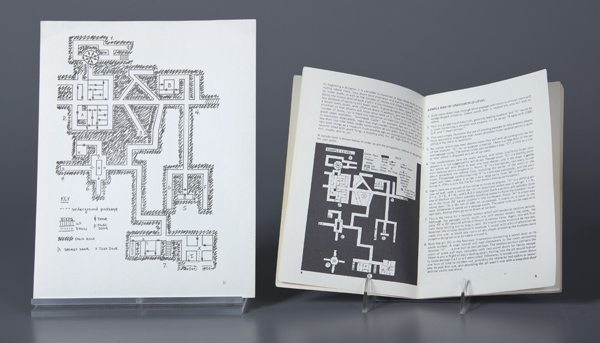As a homeschooling parent and GeekMom, I am a big fan of doing science at home. And no one epitomized that idea for me more than neurobiologist Rita Levi-Montalcini.
Levi-Montalcini, who died in Rome Sunday at the age of 103, received the Nobel Prize in 1986 along with her colleague Stanley Cohen for their discovery of the chemical signals used by cells to communicate with one another. Amazingly, Levi-Montalcini did her early research into nerve growth by studying chicken embryos in a makeshift laboratory in her bedroom.
What Levi-Montalcini uncovered was the mechanism that allows developing organisms to reach their final form through the selective pruning of unnecessary cells. Human fingers, for example, are webbed as they develop in the womb, but later separate when the cells making up the webbing die off at a pre-programmed point in the fetus’ development. She went on to isolate the chemicals that tell cancer cells to keep growing from snake venom and mouse saliva.
Levi-Montalcini was born in Italy in 1909, the daughter of an electrical engineer and a painter. She came from a Jewish family that traced its roots in Italy back to the Roman Empire, and she was raised in the tradition of the time to be a wife and mother. Her twin sister Paola devoted herself to the “acceptable” career of painting. But at age 20 Levi-Montalcini convinced her father to allow her to go to university to study medicine. As she describes in her autobiography on the Nobel Prize website, she managed to fill in the gaps in her education, graduate from high school, and enroll in university in eight months.
She graduated summa cum laude from the University of Turin medical school in 1936 — just in time to have her career plans thwarted by Italian dictator Benito Mussolini’s decree banning Jews from academic study or work as a professional. Rather than flee, her family decided to stay in Italy and find work that would not involve associating with outsiders.
In her bedroom laboratory, Levi-Montalcini took up the study of what makes cells grow and what makes them die. With the outbreak of World War II, she and her family were forced from their home by bombing, but Levi-Montalcini carried on her work in a country cottage until going underground when the Nazis invaded Italy. When her part of Italy was liberated by the Allies, she served as a doctor in a refugee camp, helping to fight typhus and other diseases.
After the war she was invited to repeat her experiments at Washington University in St. Louis, and she split the remainder of her time between Italy and the United States, where she continued to work as a guest professor even after her retirement in 1977. She also became a senator for life, using the honorary position to become active in the Italian Parliament. In 2010, she was among those who met with the Pope in Rome’s main synagogue.


I first learned about Levi-Montalcini’s remarkable life when my kids and I watched the excellent 1996 documentary Death by Design. It features an interview with Levi-Montalcini in the home she shared with her sister Paola, who died in 2000. It was particularly interesting to learn that the artist and scientist had an influence on each other’s work throughout their life together. She credited her success to her willingness to work by intuition, much like an artist does. Her sister’s artwork, shown in the film, contained mathematical patterns inspired by science.
But for me the most amazing part of Levi-Montalcini’s story is that she overcame adversity to carry out world-changing scientific research in her own home.
As she told journalists in 2009, when she celebrated her 100th birthday: “I should thank Mussolini for having declared me to be of an inferior race. This led me to the joy of working, not any more unfortunately, in university institutes but in a bedroom.”


